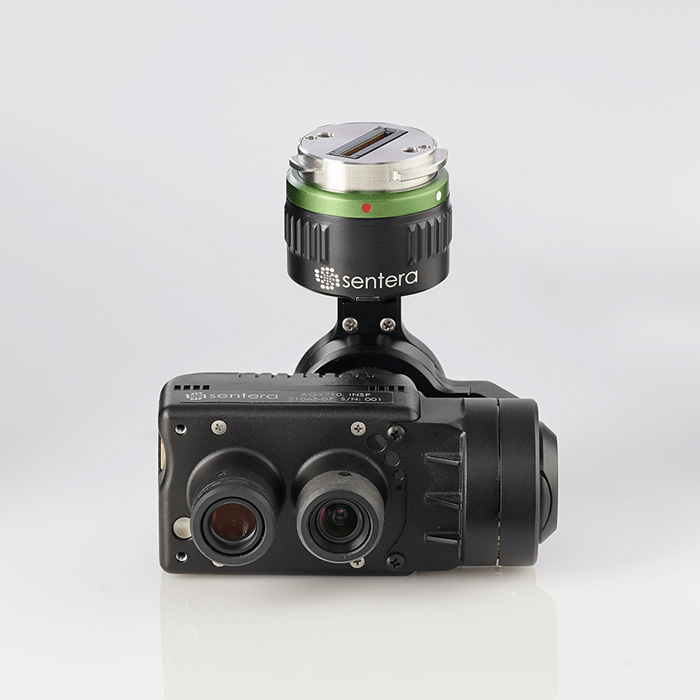Agriculture
Multispectral images are a very effective tool for evaluating soil productivity and analysing plant health. Viewing the health of soil and crops with the naked eye is very limited and is reactionary. NIR and Thermal sensor technology allows the farmer to see further than the naked eye.
Data from NIR and Thermal imaging has the following benefits;
- Identify pests, disease and weeds. Optimize pesticide usage and crop sprays through early detection
- Provide data on soil fertility and refine fertilisation by detecting nutrient deficiencies. Help with land management and whether to take agriculture land in or out of production or rotate crops etc
- Count plants and determine population or spacing issues
- Estimate crop yield
- Measure irrigation. Control crop irrigation by identifying areas where water stress is suspected. Then, make improvement to land areas such as install drainage systems and waterways based on the Thermal data
- View damage to crops from farm machinery and make necessary repairs or replace problematic machinery
- Survey fencing and farm buildings
- Monitor livestock,- Thermal cameras can be used to locate livestock at night time for example

Year Round Solution
What is great about NDVI and NDRE imagery is that this sensor technology can be used throughout the crop cycle. Whether used during sowing, irrigation, fertilisation or harvesting.
Multispectral imagery can be used at each step allowing the farmer to manage his crops very effectively in every season. Using this technology gives farmers new ways to increase yields and reduce crop damage.